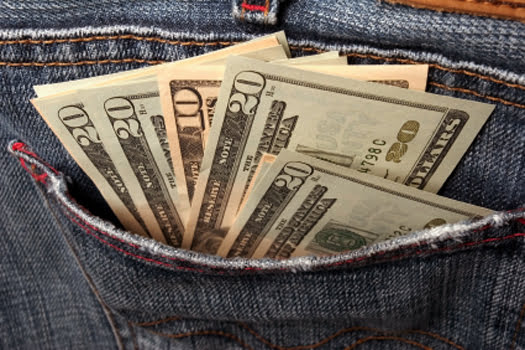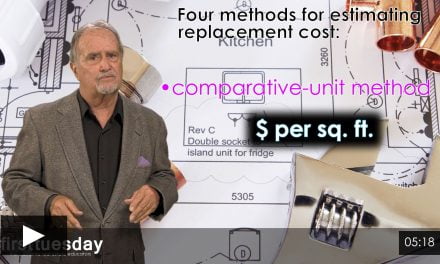Access to a bank account is essential to qualify to buy a home.
Nationally, 5.4% of all households are unbanked as of 2019, meaning no members of the household have a bank account. Further, nearly 20% of households do not have a credit score as of 2017. The rate of unbanked households has consistently declined since recently peaking at 8.2% in 2011, according to the FDIC.
The increase in banked households over the past decade is largely attributed to improving economic situations during the last economic expansion. Conversely, the unbanked rate last rose from 2009 to 2011 as many households saw their financial situations worsen following the financial crisis.
The unbanked rate is significantly higher for Latinx and Black households, as well as low-income households and households which include one or more disabled people. For example, the unbanked rate for White households is just 2.5% nationally. Black households have a 13.8% unbanked rate and Latinx households have a 12.2% unbanked rate as of 2019.
Here in California, 5.6% of households are unbanked. This breaks down further to:
- 7.1% unbanked in Los Angeles;
- 7.0% unbanked in Riverside;
- 2.5% unbanked in Sacramento;
- 4.0% unbanked in San Diego;
- 2.8% unbanked in San Francisco; and
- 1.9% unbanked in San Jose.
Why don’t these households have bank accounts?
Of the survey respondents who do not have a bank account:
- 49% cited not having enough money to meet minimum balance requirements;
- 36% cited not trusting banks;
- 36% cited privacy concerns;
- 34% cited high bank fees;
- 31% cited unpredictable bank fees; and
- 21% cited former bank account, credit or personal identification problems.
The relevance for real estate
As many households have lost their main source of income during this 2020 recession, the ability to maintain minimum balance requirements is shrinking. Therefore, after nearly a decade of declining, the FDIC expects the number of unbanked households to rise in 2020-2021 due to these major income losses.
However, the FDIC points out the growing importance of having a bank account. Due to COVID-19 social distancing measures and the increasing number of cashless businesses, the need for electronic payment methods has never been greater than it is today.
Real estate professionals may wonder what the population of unbanked households has to do with real estate. After all, a household with insufficient money to open a bank account has little hope of qualifying to purchase a home.
But that untapped population is just the issue — the unbanked rate is a long-term problem for real estate professionals. Anyone hoping to make a career in real estate needs to look beyond the current generation of homebuyers and sellers to the next. And the basis for anyone to begin the long process of saving for a down payment and establishing a solid credit history is to have a bank account. Likewise, for those in commercial real estate, the unbanked rate represents fewer households in healthy financial states, reflective of a poorly performing economy.
Therefore, the lower the unbanked rate falls, the better the long-term outlook for real estate. Expect to see the rate of unbanked households bounce alongside deteriorating household economic conditions in 2020-2021, to gradually resume its downward trend with the economic recovery.















